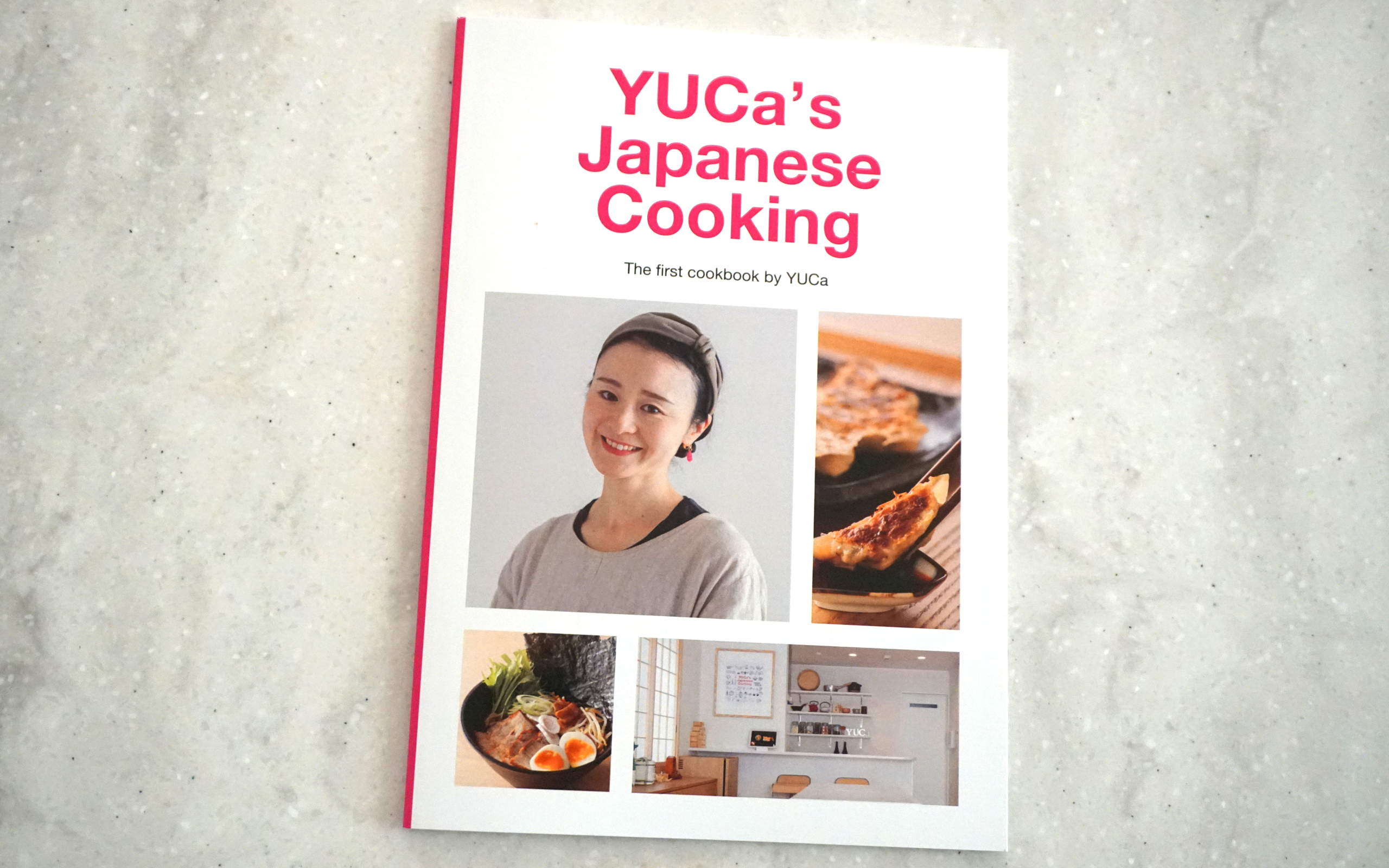Miso Butter Salmon
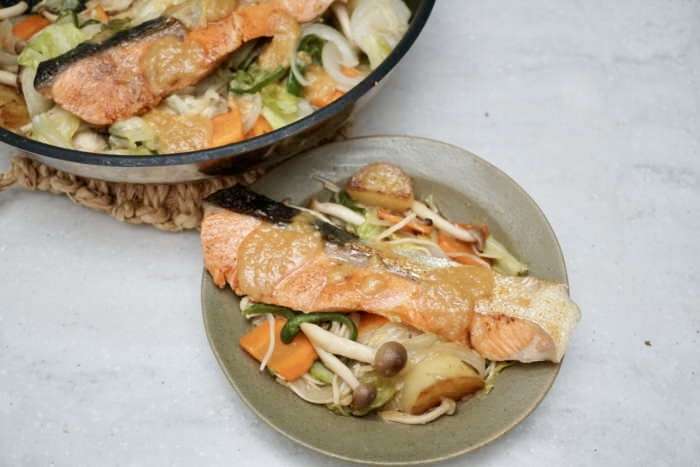
Miso Butter Salmon is known as “Chanchan-yaki,” a local dish of Hokkaido, which is originally a fisherman’s dish in Hokkaido, a region famous for its salmon catches. The “chanchan” in “chanchan-yaki” refers to the sound made during cooking. This dish of salmon and vegetables topped with a sauce rich in miso and butter is hearty and pleasing to the eye.
Read More
Japan Guide : Railway Museum in Saitama
Have you ever ridden on a train in Japan? In Japan, there are various railroads running in the east, west, south, and north except for Okinawa.
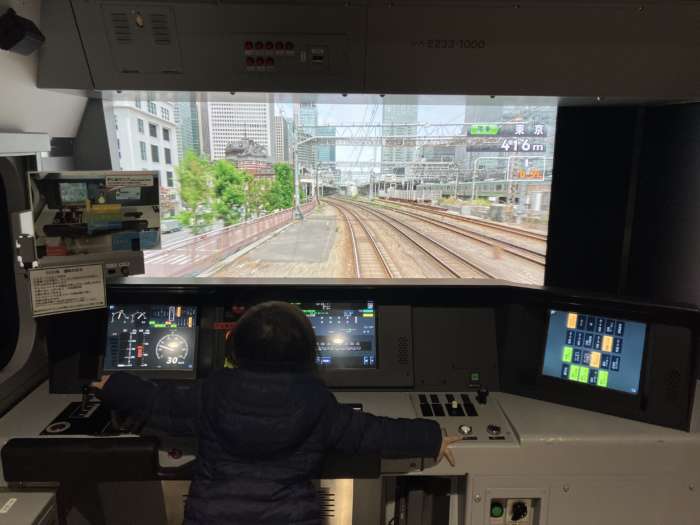
The place I would like to introduce to you is the “Railway Museum” in Omiya City, Saitama Prefecture. This year marks the 150th anniversary of the opening of Japan’s first railroad between Shimbashi and Yokohama on October 14, 1872 (Meiji 5).
At the Railway Museum, visitors can learn about the role of railroads in Japan, changes in railroad technology, and their impact on society, based on the concepts of “railroads,” “history,” and “education.
Read More
Okonomiyaki Sauce (Updated)
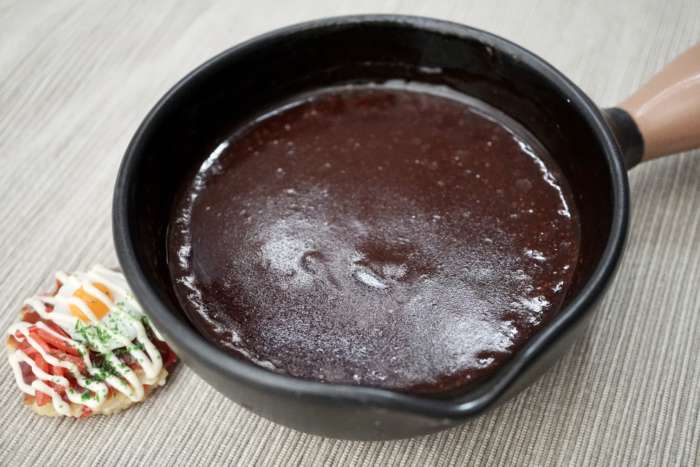
The sauce determines the flavor of okonomiyaki. To make this recipe as close as possible to a commercial okonomiyaki sauce, we use Dashi, an essential ingredient in Japanese cooking, and dates in paste form. We also introduced oyster sauce and potato starch to thicken and intensify the flavor. You can buy commercially available okonomiyaki sauce, but why not try making your own from scratch using seasonings you already have at home? It will surely become a special okonomiyaki!
Read More
Undo-kai (Sports Day)
Sports Festival (Sports Day), also known as “Undo-kai” (運動会) in Japanese, is a traditional annual event that is generally held in spring or fall. On the day, all students participate in a variety of sports events such as relay and dance performances typically held on the school’s grounds.
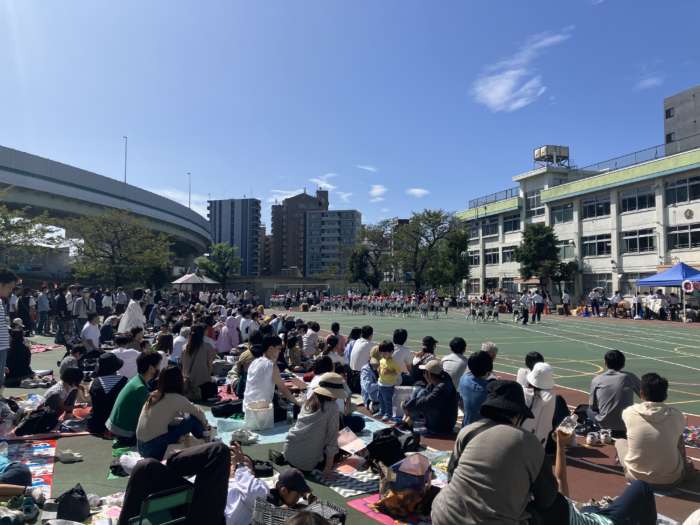
There are competitions in which students are divided into two or more teams and compete to win, which is a lot of fun for the students as well as their parents. Here are some typical athletic competition.
Read More
Annual Events and Food in Japan
Annual Event & Festive Food In Japan
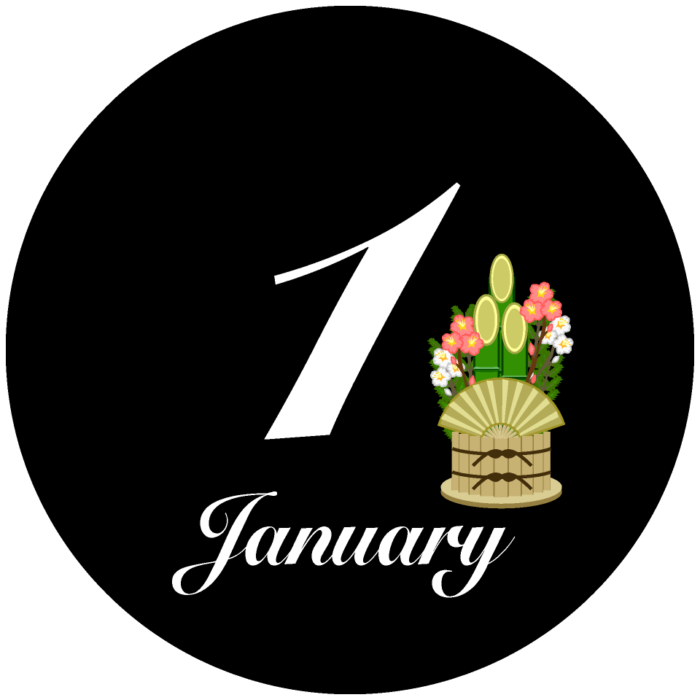
1st – Shogatsu (New Year) : Osechi(-ryori), Fukubukuro, Shimekazari
7th – Nanakusa no Sekku (Seventh-Day New Year) : Nanakusa gayu
11th – Kagami Biraki (Opening the Rice-Cake Offerings) : Oshiruko
15th – Koshogatsu (Small Shogatsu) : Red bean rice porridge
20th – Hatsuka shogatsu : Ozoni

3rd – Setsubun (Seasonal Division) : Ehomaki
8th – Harikuyo (Memorial Service for Needles) : Tofu
10th – Hatsu-uma : Inarizushi
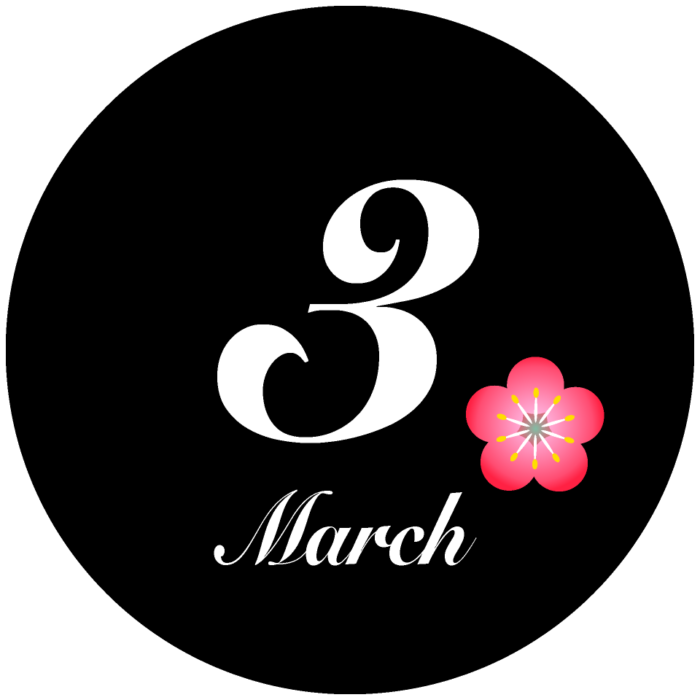
3rd – Hinamatsuri/Momo no Sekku (Doll Festival ) : Chirashizushi
21st – Ohigan (Spring Equinox) : Botamochi
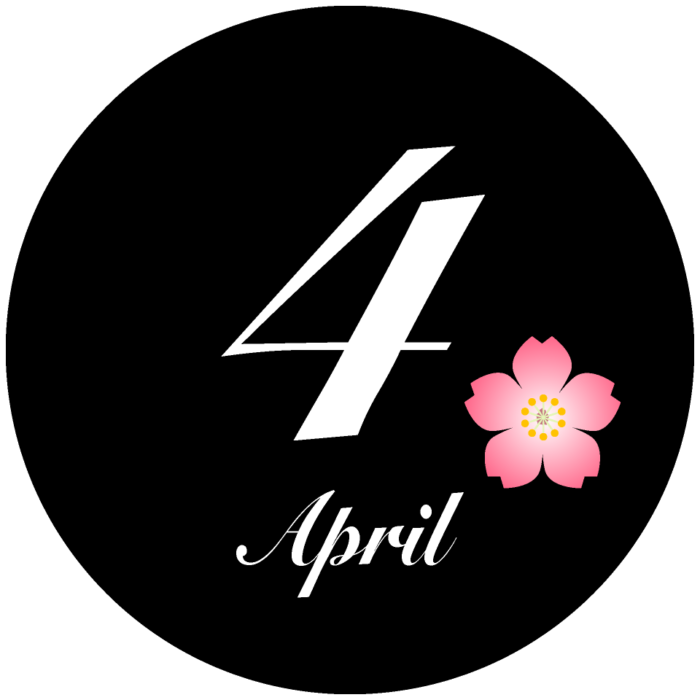
Hanami (Cherry-Blossom Viewing) : Sakuramochi, Dango
8th – Hanamatsuri (Flower Festival)

5th – Tango no sekku,(Children’s Day) : Kashiwa-mochi, Chimaki
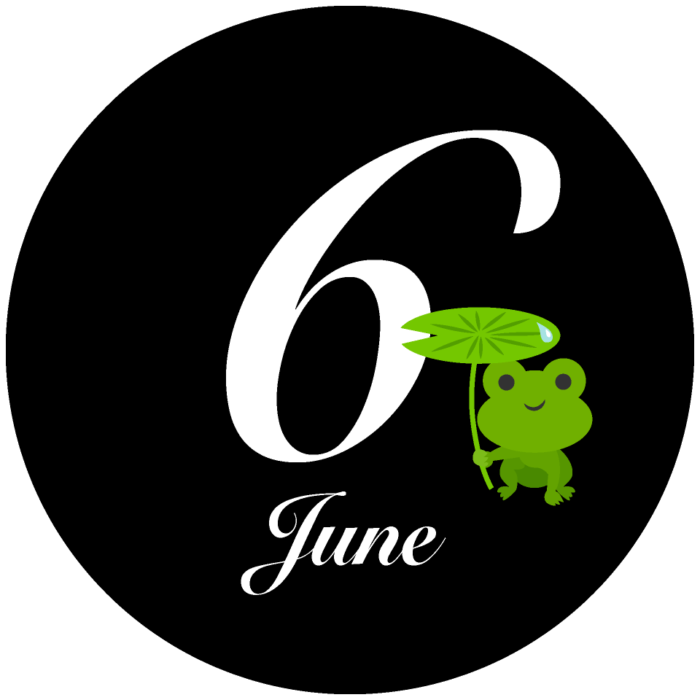
Koromogae (Seasonal Change of Clothing)
Around 10th – Nyu-bai : Plum syrup, Umeboshi

7th – Tanabata (Star Festival) : Somen

15th – Obon (Bon Festival) : Vegetable Tempura, Rice Dumplings, Udon, Inari Sushi

15th – Otsukimi (Moon Viewing) : Tsukimi Dango
Ohigan, Autumn Equinox : Ohagi

19th – Choyo no Sekku (Chrysanthemum Festival) : Kiku-zake, Kikuka-cha, Kiku-monaka *Sept.9 on Lunar Calendar
Undokai, Sports Festival : Bento
Ensoku, School Excursion : Bento
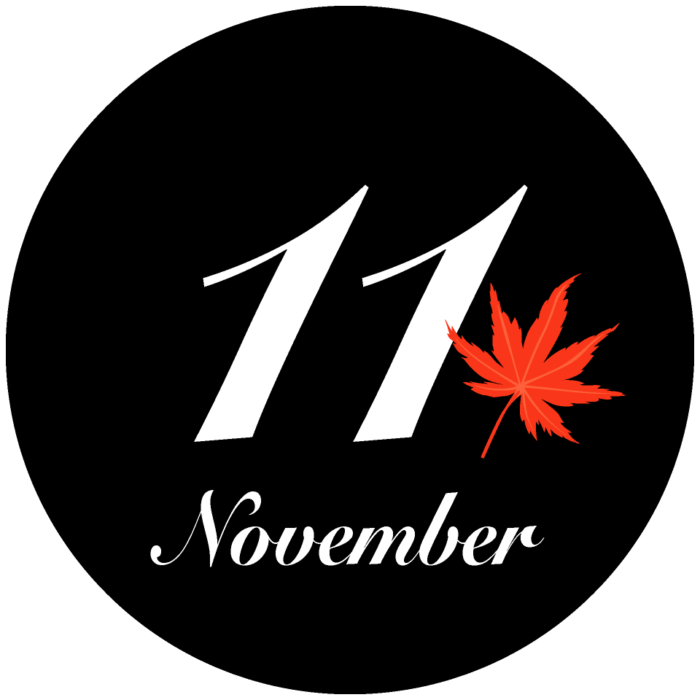
15th – Shichi-go-san (Festive Day for Children) : Osekihan, Chitose-ame, Tai no Shio-yaki

13th – Toshikoshi (Crossing over to a New Year)
Around 22nd or 23rd – Toji (Winter Solstice) : Azuki-gayu, Pumpkin
31st – Omisoka (Last day of the year) : Toshikoshi soba
Japanese Set Meal Idea : vol.268
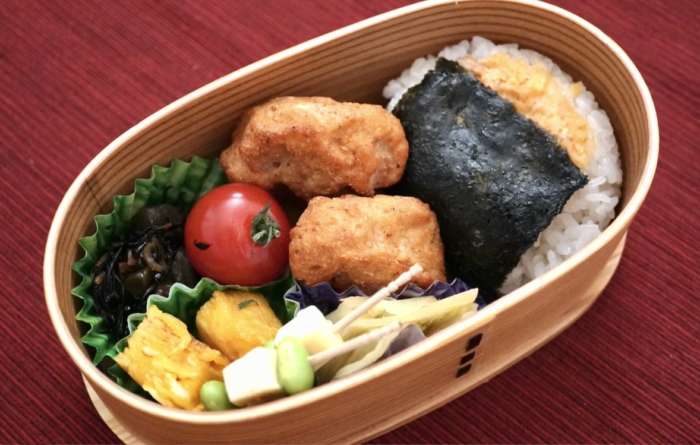
Menu:
– Salmon Mayo Onigiri [Recipe]
– Karaage (Japanese fried chicken) [Recipe]
– Simmered hijiki seaweed [Recipe]
– Tamagoyaki (Japanese omelette) [Recipe]
– Gari (Sushi pickled ginger) [Recipe]
– Cherry tomato
– Cheese and edamame stick
Salmon Mayo Onigiri
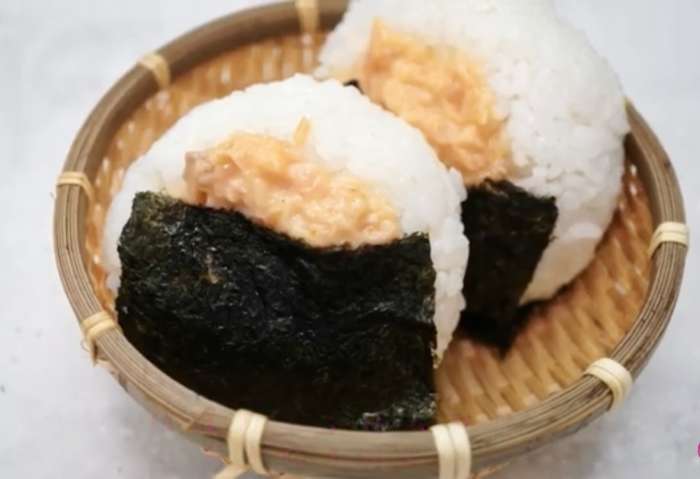
Salmon onigiri is a classic rice ball that can always be found in Japanese convenience stores and supermarkets. This recipe is an arranged version of onigiri with mayonnaise and salmon flakes dressed together. If you like mayonnaise, this is a must try!
Read More
Karaage (Japanese Fried Chicken)
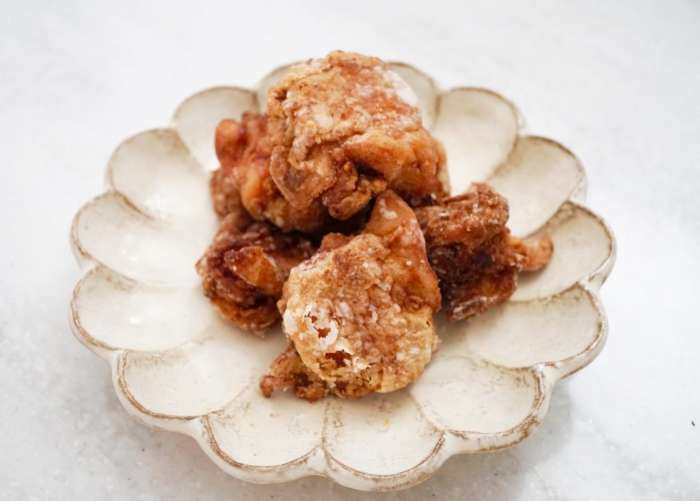
Japanese karaage is simply deep-fried chicken seasoned with mostly soy sauce, sake, ginger and garlic. In Japan, karaage is loved by men and women of all ages, so much so that there are bento boxes that contain only karaage on a bed of white rice. It is also readily available at convenience stores, so it is common to see students and businessmen eating it for a quick pick-me-up. The key to its deliciousness is that it is crispy on the outside and juicy and juicy on the inside.
Read More
Salmon Onigiri
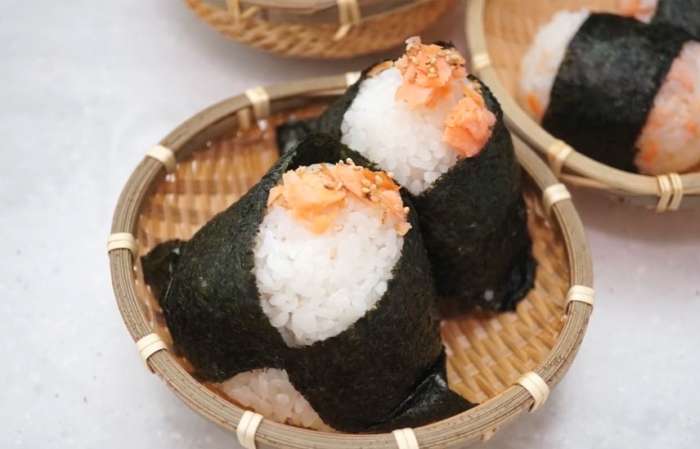
Salmon onigiri is a classic rice ball that can always be found in Japanese convenience stores and supermarkets. It is very simple to make. Grilled salmon is cut into bite-size pieces and wrapped with warm rice. The secret to the delicious taste is to use just the right amount of salt and fresh nori seaweed. I also introduce rice balls made with finely crushed salmon for children.
Read More
Back to school in Japan
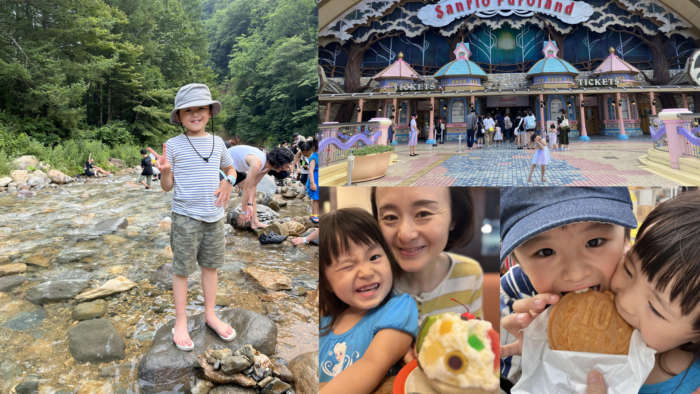
Summer vacation is over. Even our children, a kindergartener and an elementary school student, they seemed to have enjoyed their month-long free time.
My son, an elementary school student, had homework from school. He had to complete Japanese and math assignments on a tablet PC, a one-line diary (with a checklist to see if he helped his parents), a book report, a diary of his observations of mini-tomatoes, a free craft (in his case, making a LEGO creation), and 10 books to read.
There are also many other contests that are free to participate in, such as contests to draw posters on environmental issues, eco ideas, summer- and autumn-themed haiku, piggy bank designs, and so on.
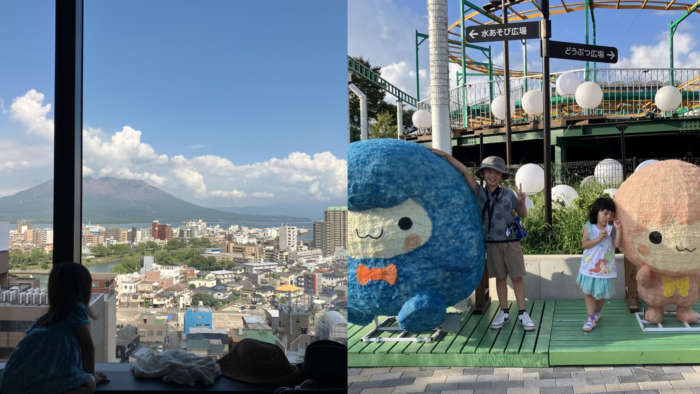
When I was in elementary school, a special booklet called “Summer Vacation Friends” was distributed. I think there was a little more homework, not only Japanese and arithmetic, but also science and social studies.
On the other hand, some schools did not give homework because it was “summer vacation,” which I felt reflected the times.
Do you have homework in your country? I would be very happy if you could tell me what kind of homework you have.































